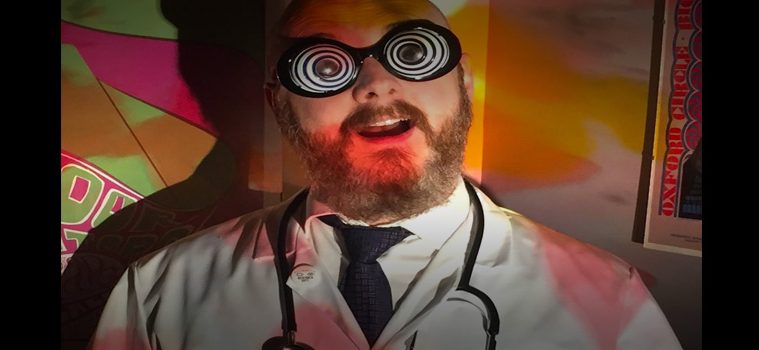A BRIGHTER OUTLOOK –
August 16, 2021 – The stubbornly high, and steadily increasing, rate of suicides in the U.S. is one factor driving the shift. In April, the National Institute of Mental Health (NIMH) awarded eight grants to test new ways to reduce suicidal thoughts and behaviors in a fast-acting manner, including ketamine and using magnets to activate parts of the brain.
Geoffrey Attardo first tried Prozac to treat his depression when he was doing postdoctoral research at Yale School of Public Health and was feeling the pressures of a new job in academia. Soon after he started, the colors around him seemed brighter, he had enough motivation to begin exercising more, and he felt hopeful for the first time in a long while. But about five months into the treatment, colors started dulling again and his energy waned. Increasing the dose didn’t help.
He eventually switched to a similar antidepressant called Zoloft and has been on it for about 20 years, though it makes him emotionally numb and never completely got rid of the depression. “It takes the edge off and keeps you from completely breaking down,” he said, “but it’s not really a great way to live.” Then this year, Attardo, who is 49, tried a new treatment for depression — ketamine — a drug long used as an anesthetic and that works through a different pathway in the brain than the traditional drugs he’d taken. A few days after one of his first ketamine infusions, he found himself awake at 9 a.m., a time he usually slept long past, with much more energy than usual. Overall, an unofficial estimate shows the agency’s funding for research involving novel antidepressants roughly doubled from $34.3 million in the 2007 fiscal year to $68.5 million in FY 2020, based on a search of the National Institutes of Health RePORTER database. A search for “transcranial magnetic stimulation” for depression reveals an estimated ninefold increase to $21.4 million over the same period.



